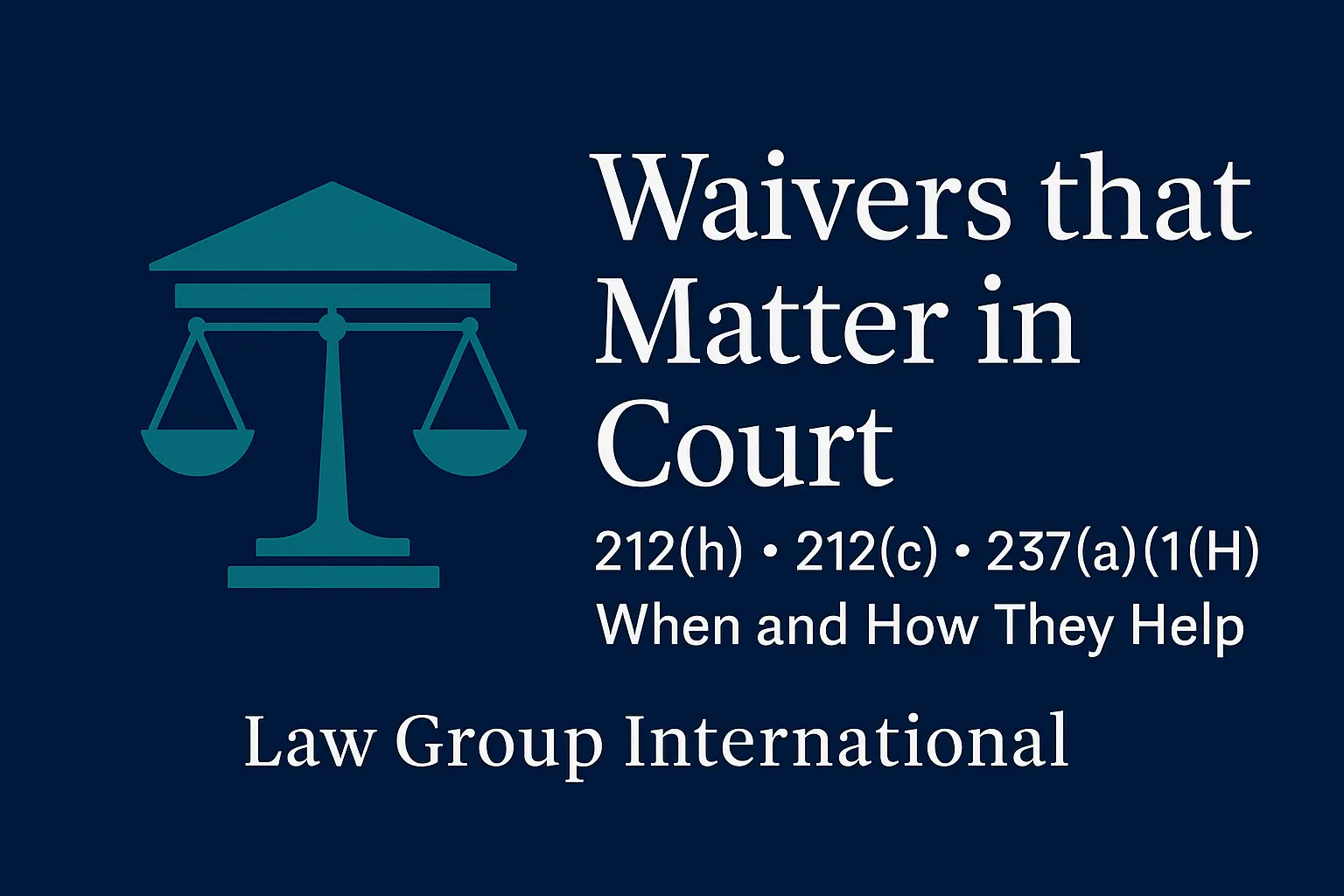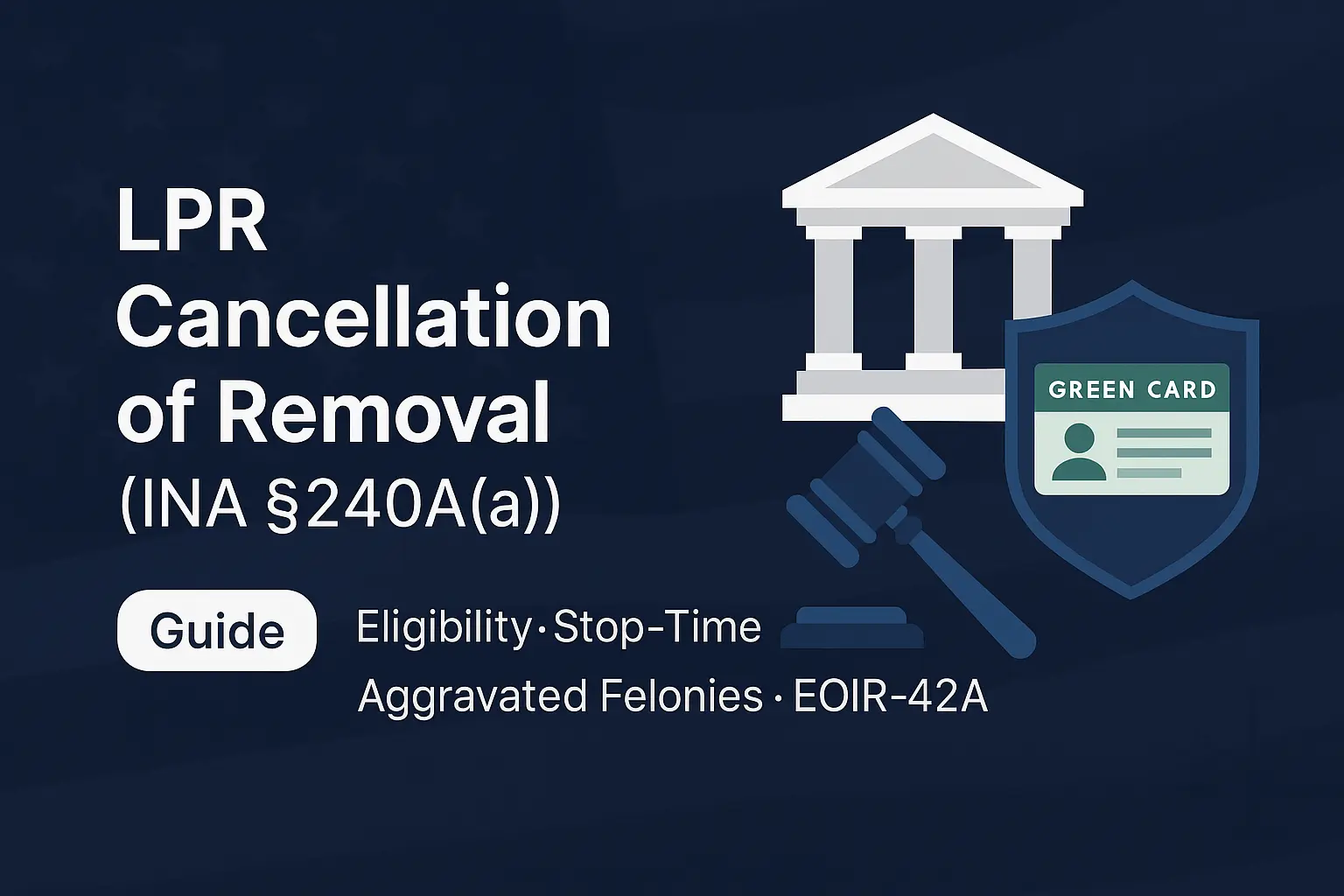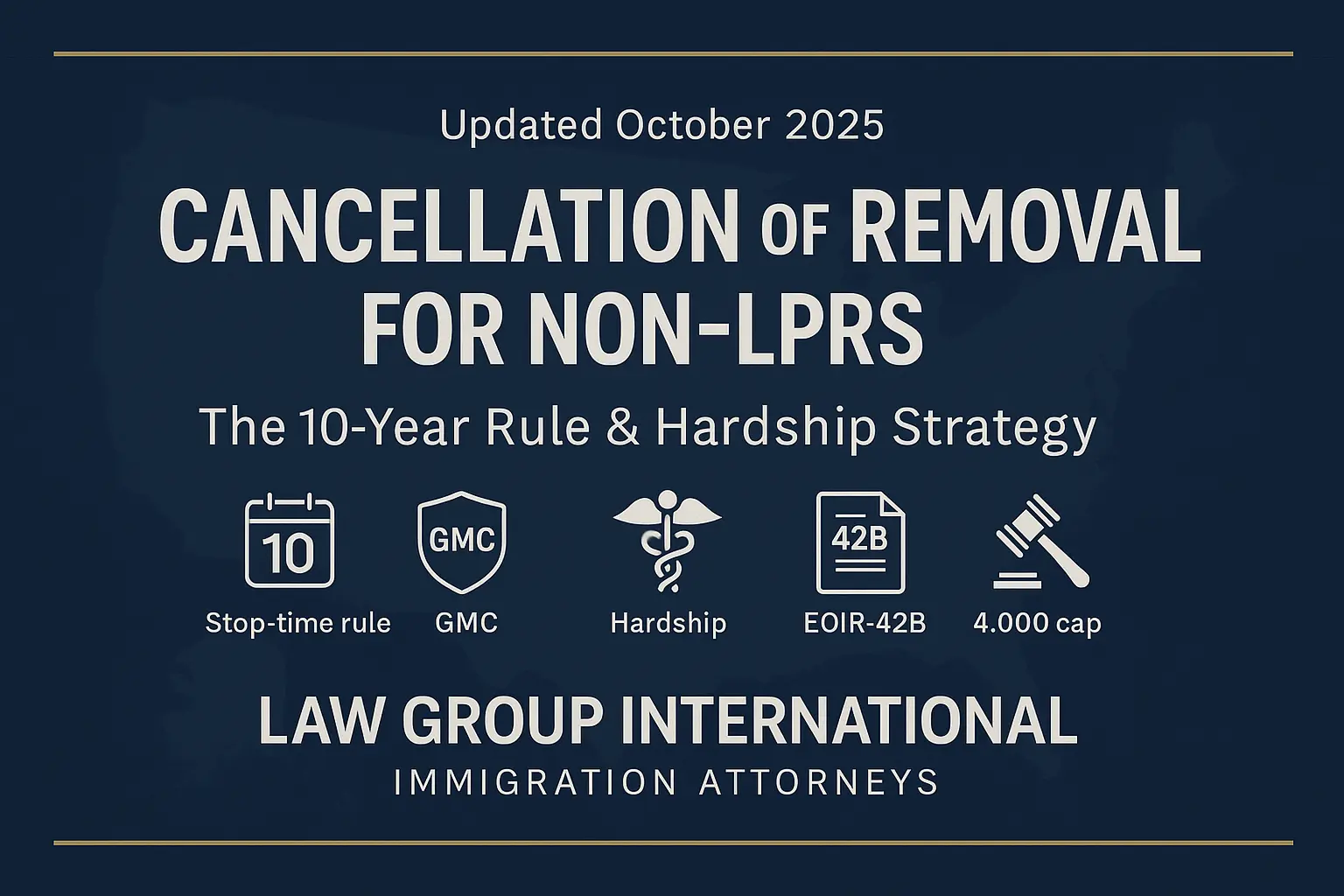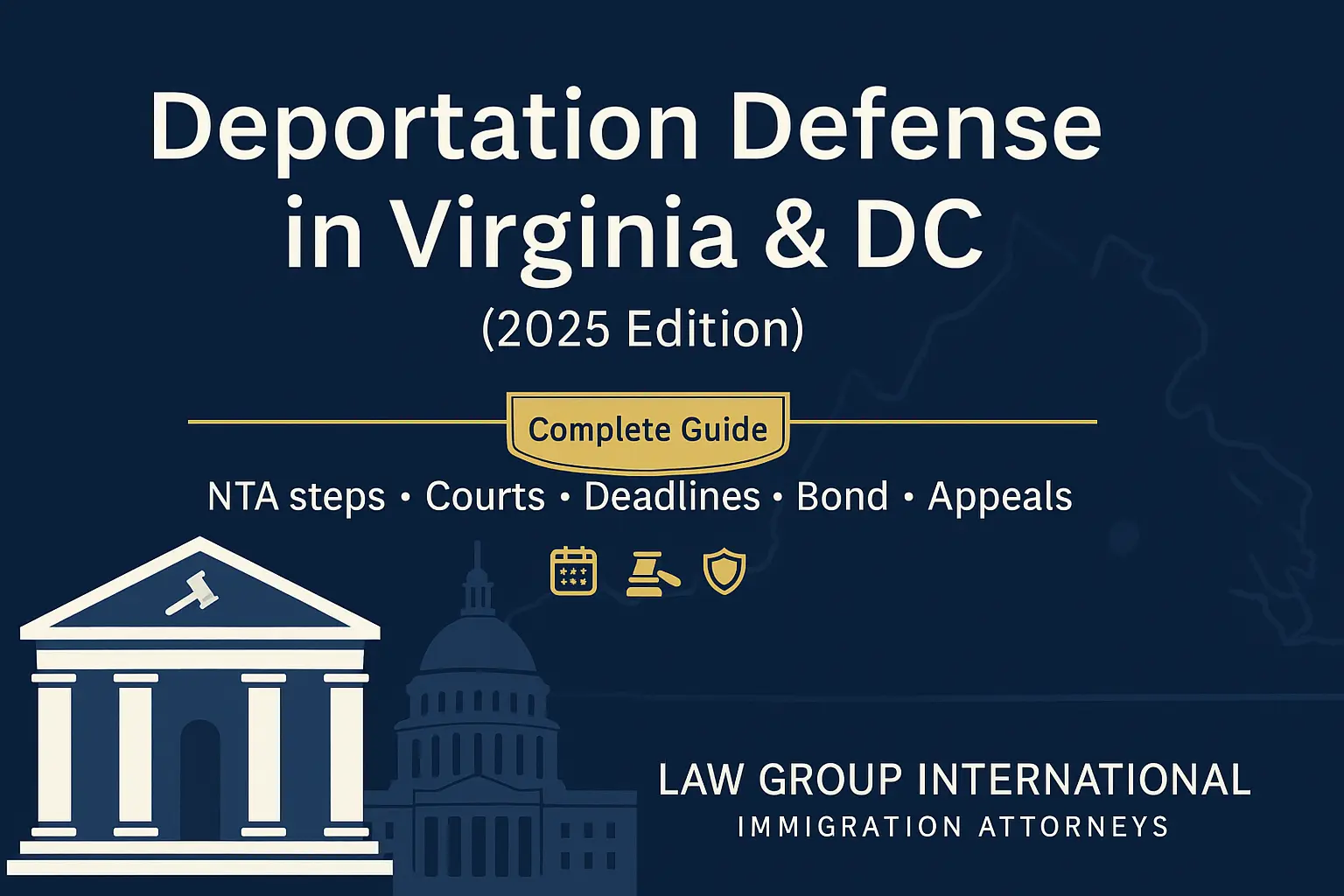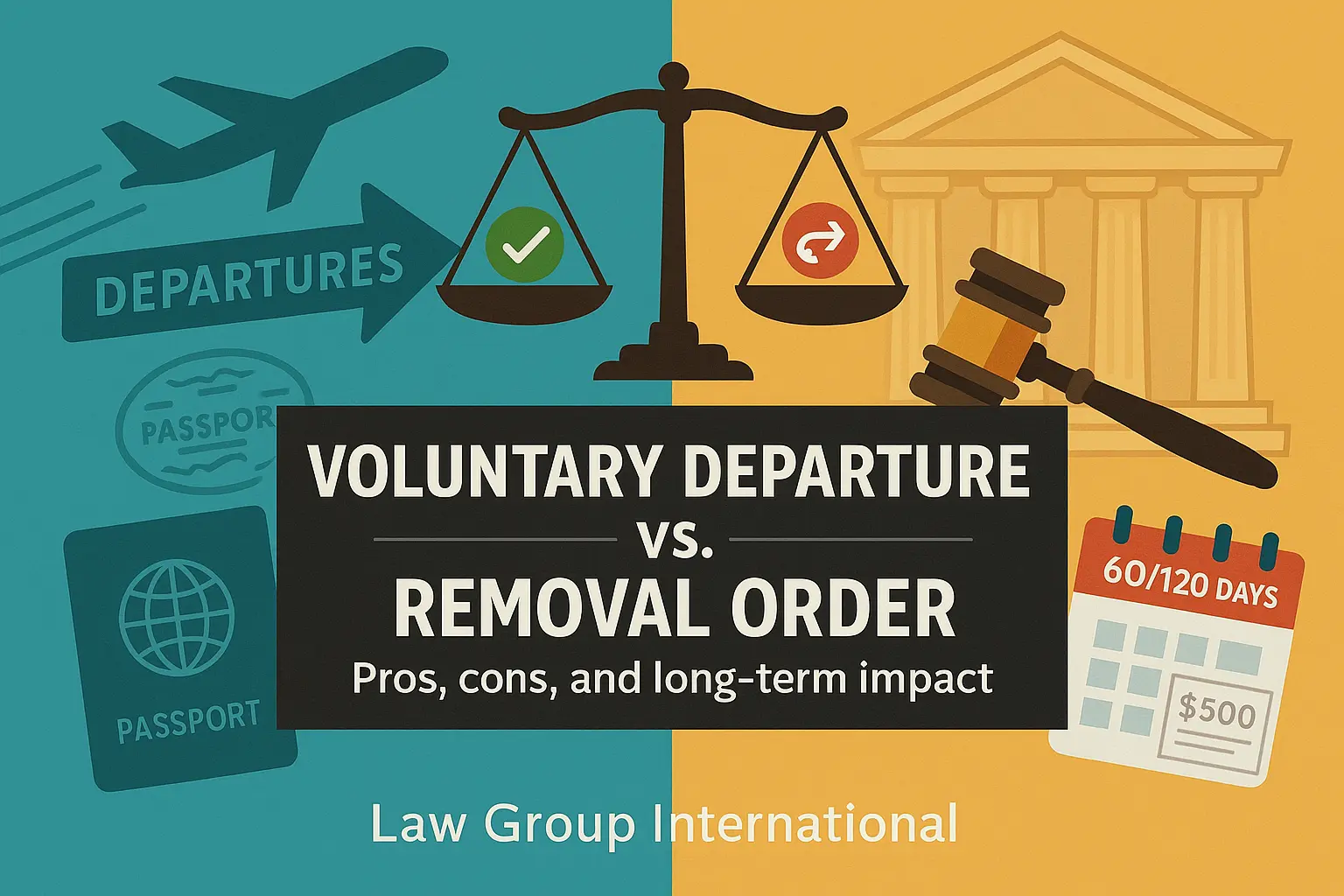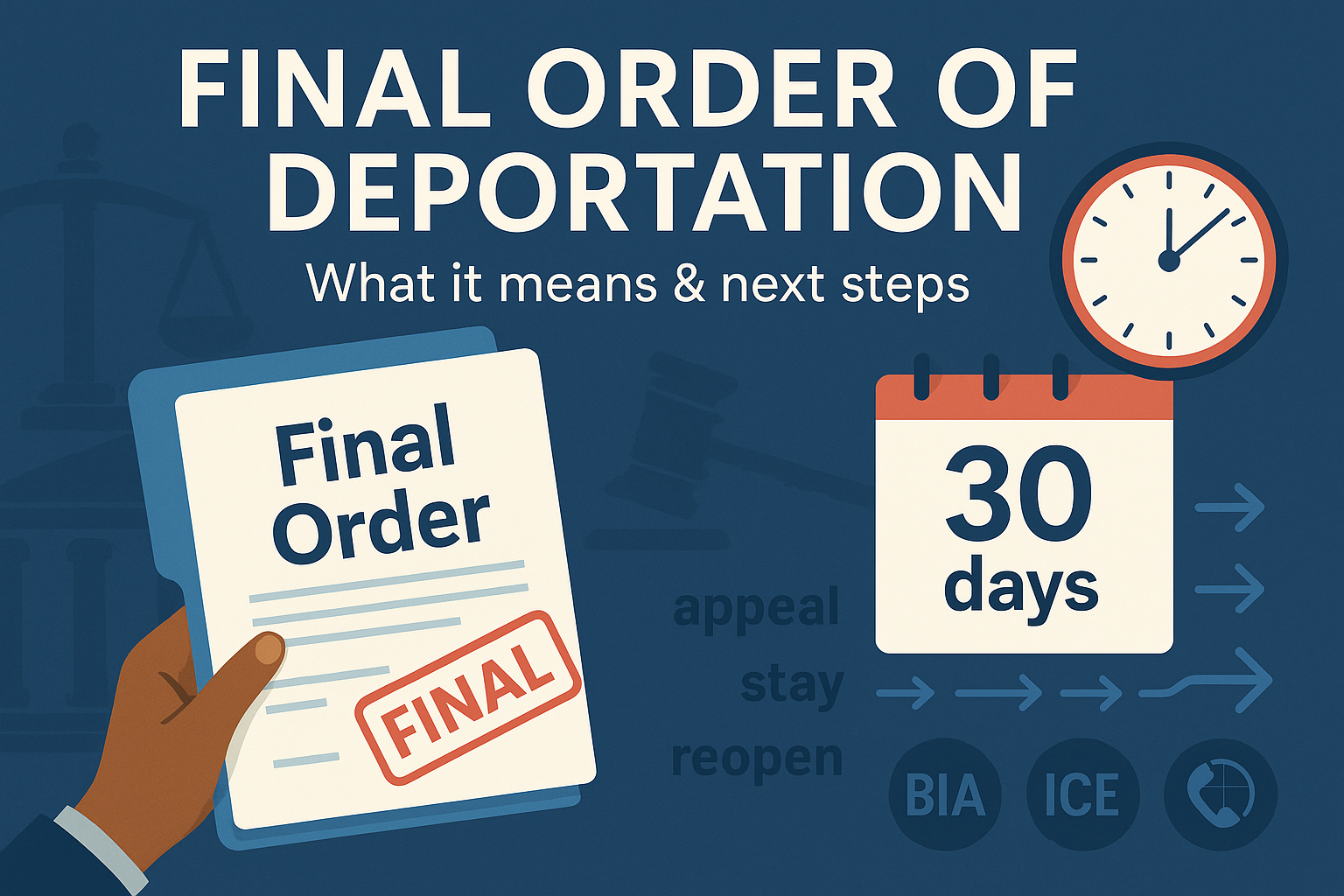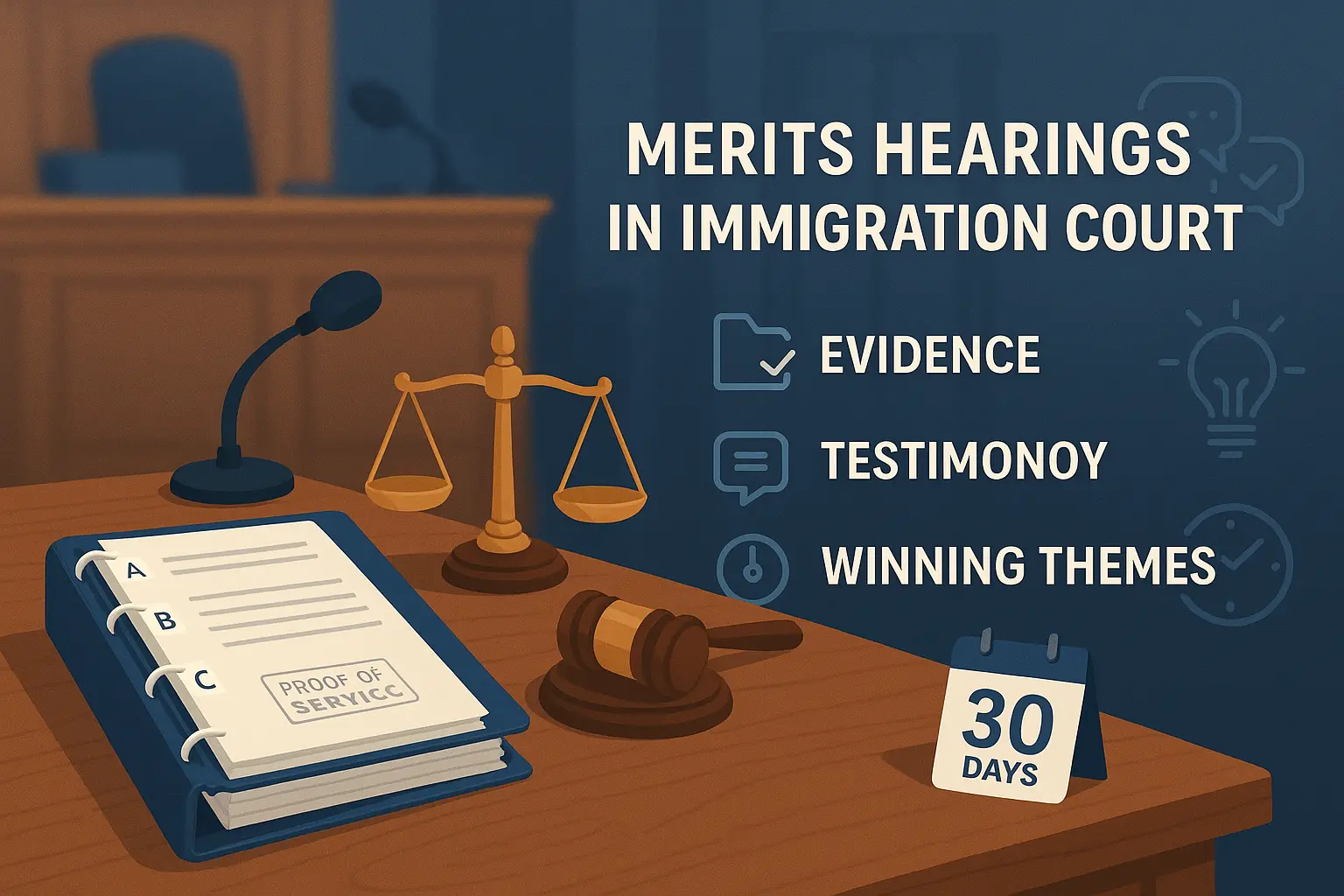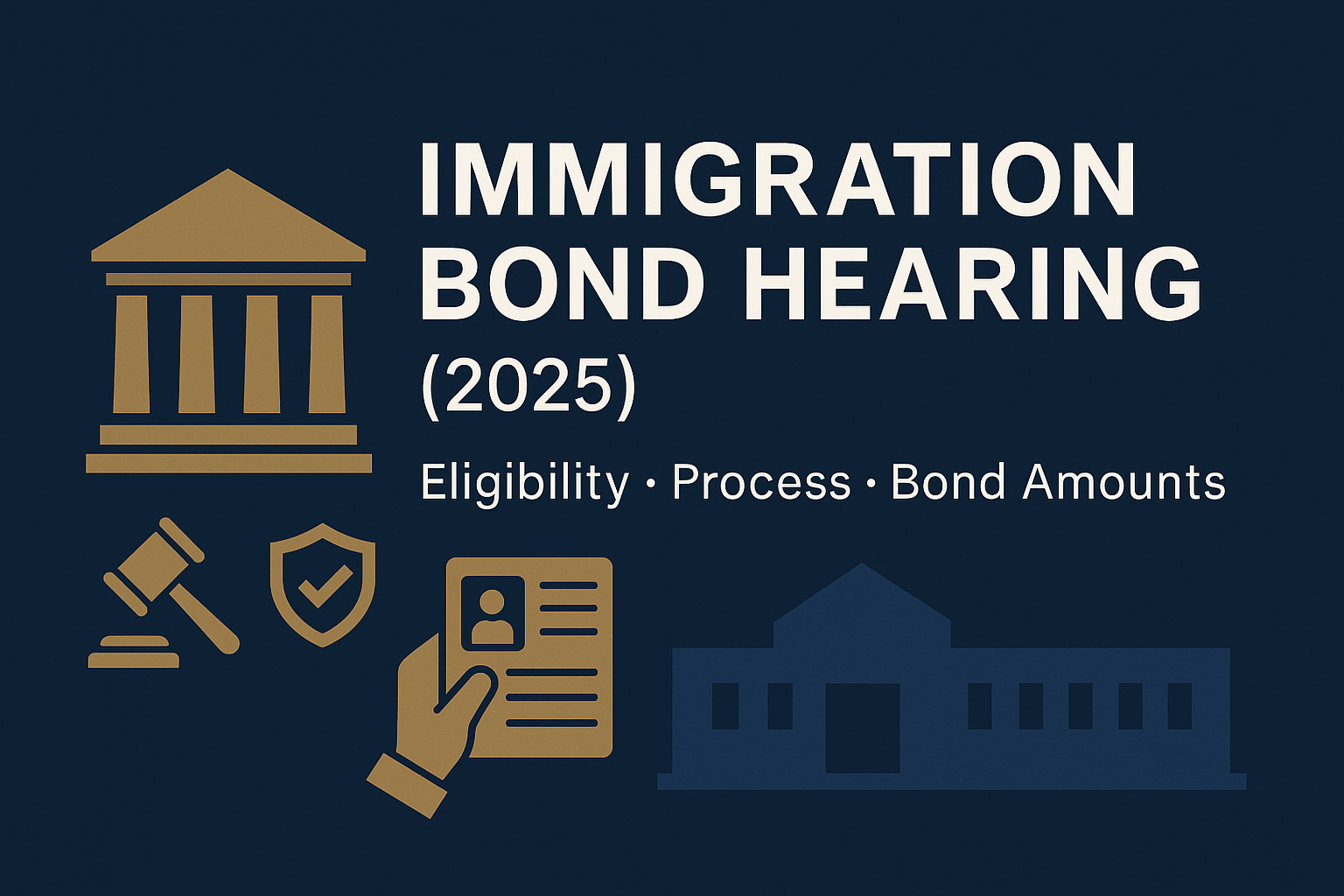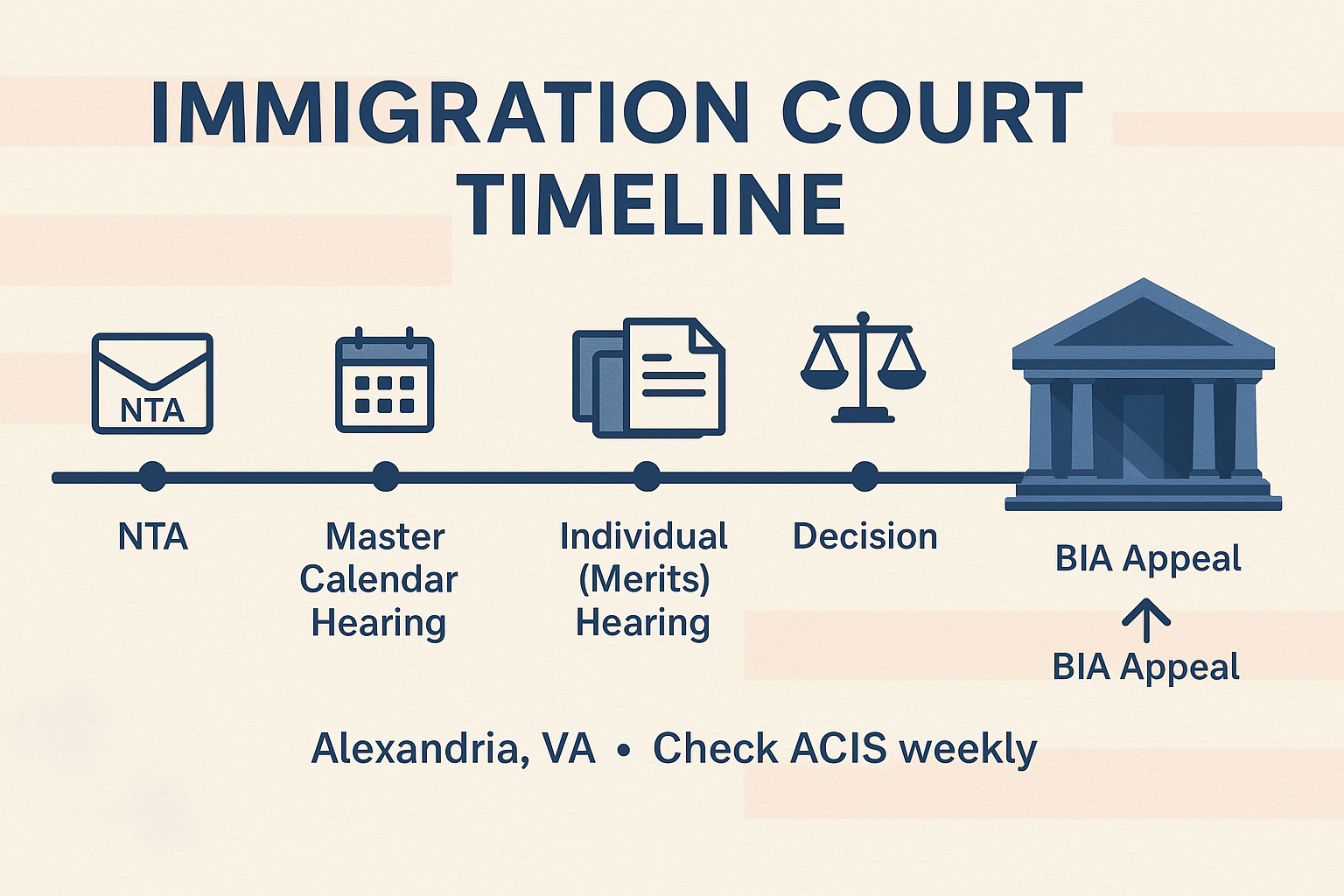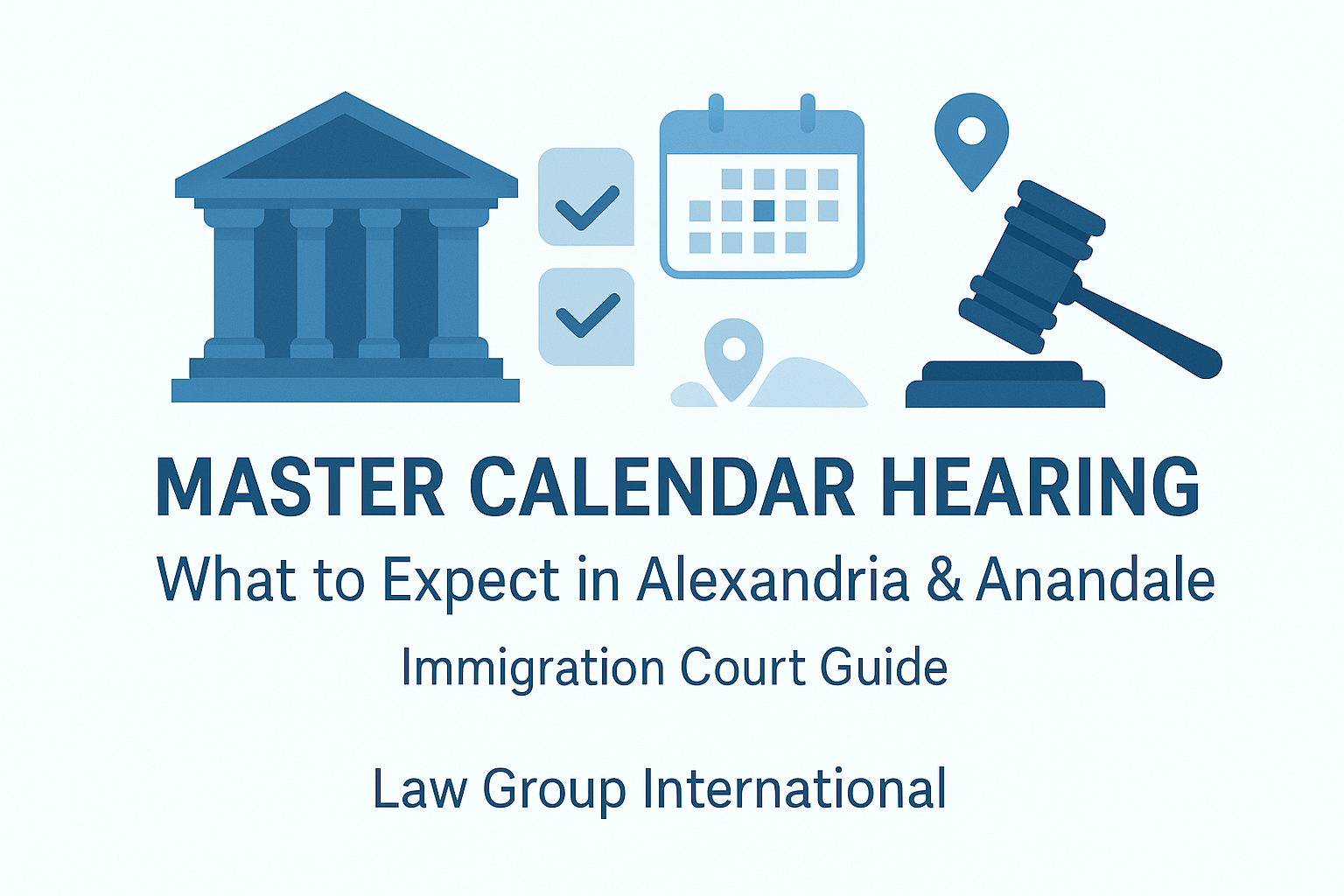Adjustment of Status vs Consular Processing: Which Is Right for You?
If you’re applying for a green card, you’ll likely face a key decision: should you adjust status from within the U.S., or complete the process through consular processing abroad? Both paths offer permanent residency but differ in terms of procedure, risks, and timing. In this guide, we’ll break down the pros and cons of adjustment of status vs consular processing, compare I-485 vs DS-260 forms, and help you decide the safest route for your case.
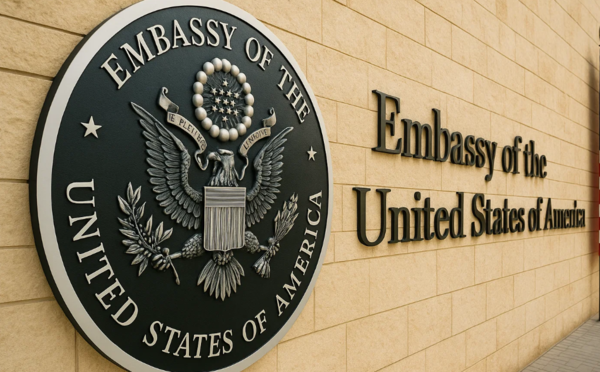
Understanding the Two Green-Card Pathways
Adjustment of Status (Form I-485)
Adjustment of status (AOS) is for applicants already in the U.S. who qualify to apply for permanent residency without leaving the country. This process involves submitting Form I-485 to USCIS, attending a biometrics appointment, and typically a local USCIS interview.
Consular Processing (Form DS-260)
Consular processing applies to those outside the U.S. or ineligible for AOS. Applicants complete Form DS-260, submit documents via the National Visa Center (NVC), and attend an interview at a U.S. embassy or consulate abroad.
Pros and Cons at a Glance
| Factor | Adjustment of Status (I-485) | Consular Processing (DS-260) |
| Presence | Must be inside the U.S. | Usually processed abroad |
| Travel Ability | Can request Advance Parole (travel permit) | Cannot reenter until visa issued |
| Processing Time | Varies by USCIS backlog (often longer) | Often faster, but depends on consulate |
| Interview Location | USCIS office in U.S. | U.S. embassy or consulate |
| Cost | $1,140 + $85 biometrics | ~$325 + medical + travel costs |
| Inadmissibility Risk | Lower for some, e.g., no 3-/10-year bar if eligible | Departure may trigger 3-/10-year bars |
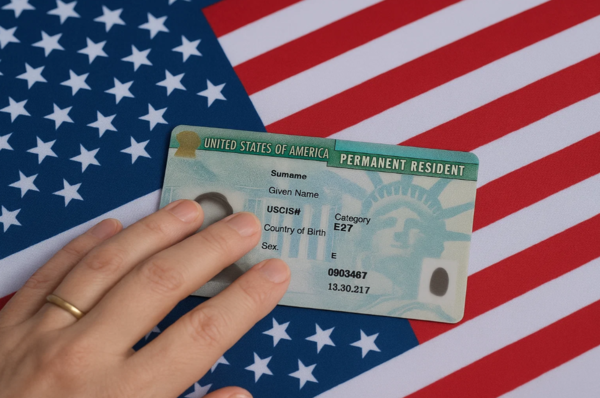
Common Situations and Best Options
- K-1 Visa Holders (Fiancé(e)s) – Usually must adjust status after marriage.
- Entered without Inspection – Often ineligible for AOS unless covered under 245(i).
- Visa Overstays – AOS may be safer to avoid triggering reentry bars.
- Unlawful Presence – Consular processing may require an I-601A waiver.
Cost, Time, and Document Requirements
Adjustment of Status:
- Fee: $1,140 + $85 for biometrics
- Timeline: 12–24 months depending on USCIS backlog
- Documents: I-485, birth/marriage certificates, medical exam (Form I-693), I-864 Affidavit of Support
Consular Processing:
- Fee: ~$325 for DS-260 + embassy fees
- Timeline: 6–12 months, depending on embassy availability
- Documents: DS-260, civil documents, financial sponsor info, visa medical exam
How Law Group International Can Guide Your Decision
At Law Group International, we help clients choose the best path between adjustment of status and consular processing based on visa eligibility, risk of inadmissibility, waiver needs, and the Visa Bulletin. Our legal team provides:
- One-on-one strategy sessions
- Country-specific consulate research
- Unlawful presence evaluations
- Guidance on I-601A waivers or I-485 interview prep
Make an Informed Choice
Choosing between adjustment of status vs consular processing is a major decision with long-term immigration consequences. Each option has its benefits and risks depending on your background, immigration history, and personal situation. Consulting with professionals, like the attorneys at Law Group International, can help you move forward with confidence with your consular processing.
If you’re unsure which path is right for you or have questions about eligibility, contact us today for a personalized consultation. We’re here to guide you to permanent residency, safely and strategically.
Explore More Immigration Topics
Waivers that Matter in Court
November 11, 2025
Cancellation of Removal for LPRs
October 28, 2025
Cancellation of Removal for Non-LPRs
October 19, 2025
Deportation Defense in Virginia & DC: Complete Guide
October 17, 2025
Voluntary Departure vs. Removal Order
October 7, 2025
What Is a Final Order of Deportation?
October 2, 2025
Merits Hearings in Immigration Court
September 30, 2025
Immigration Court Timeline: From NTA to Appeal
September 24, 2025

